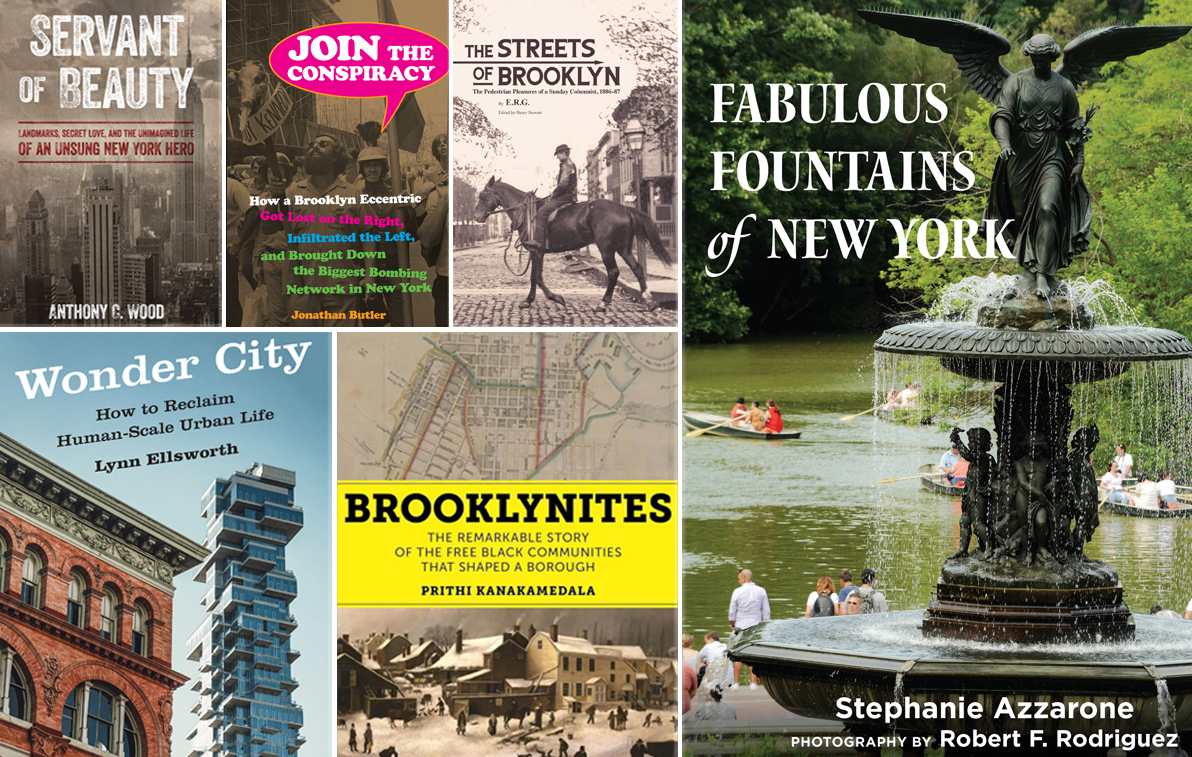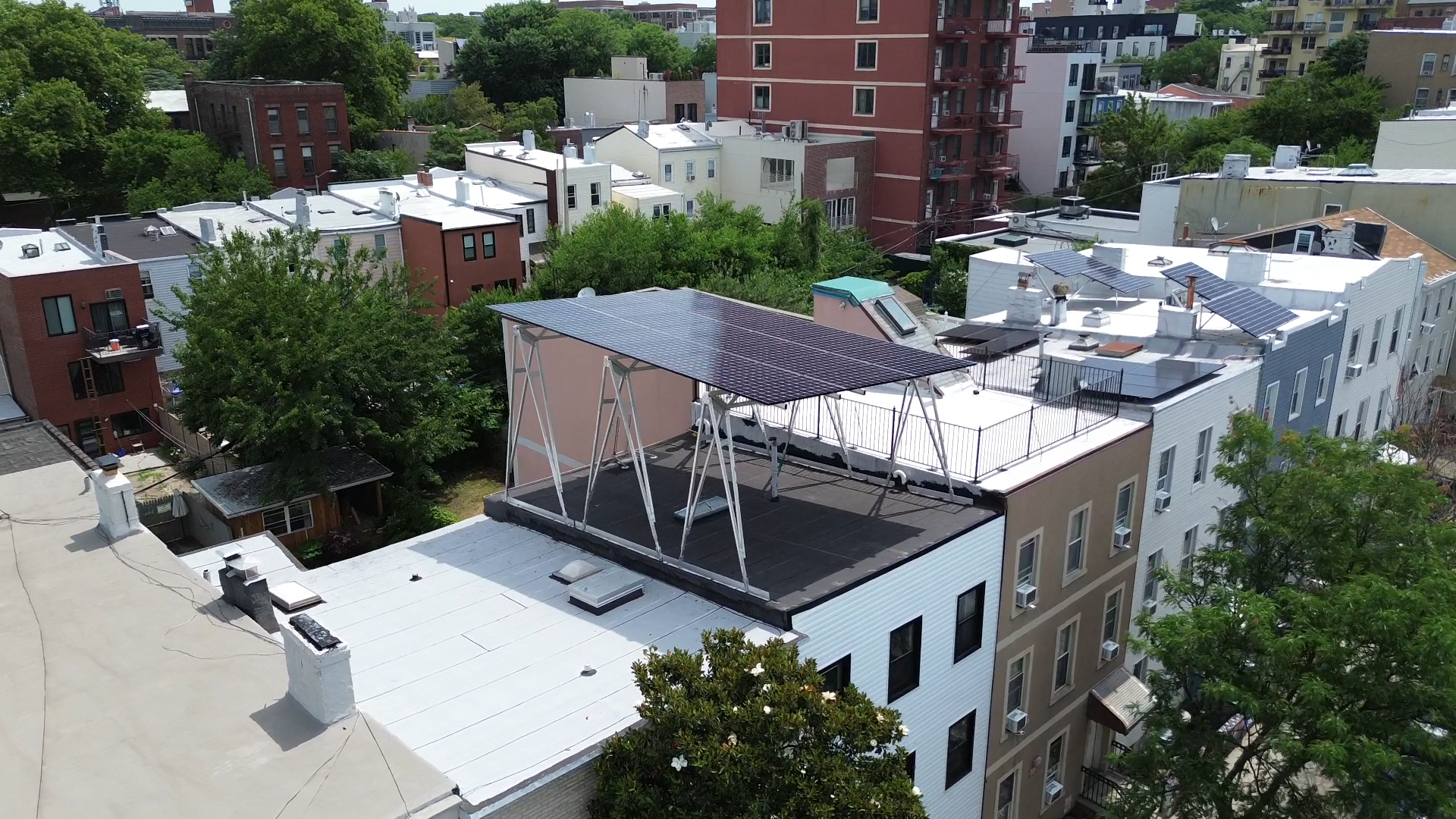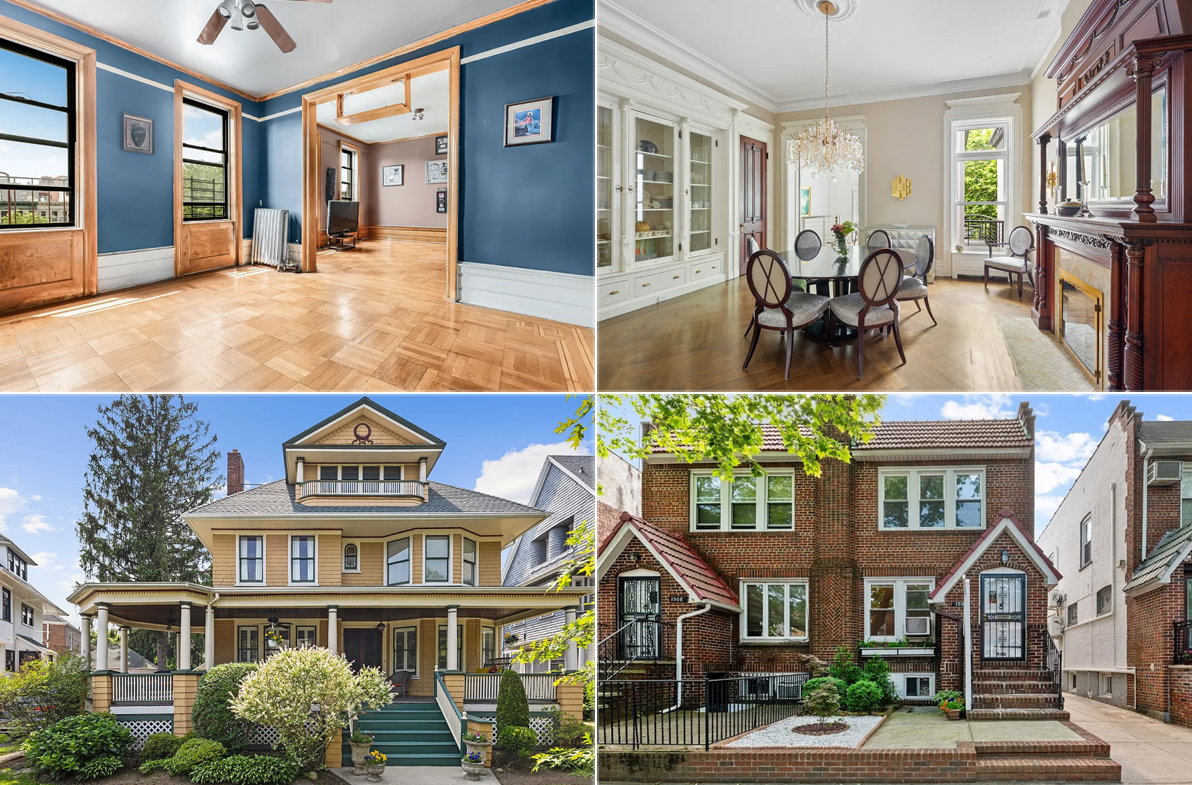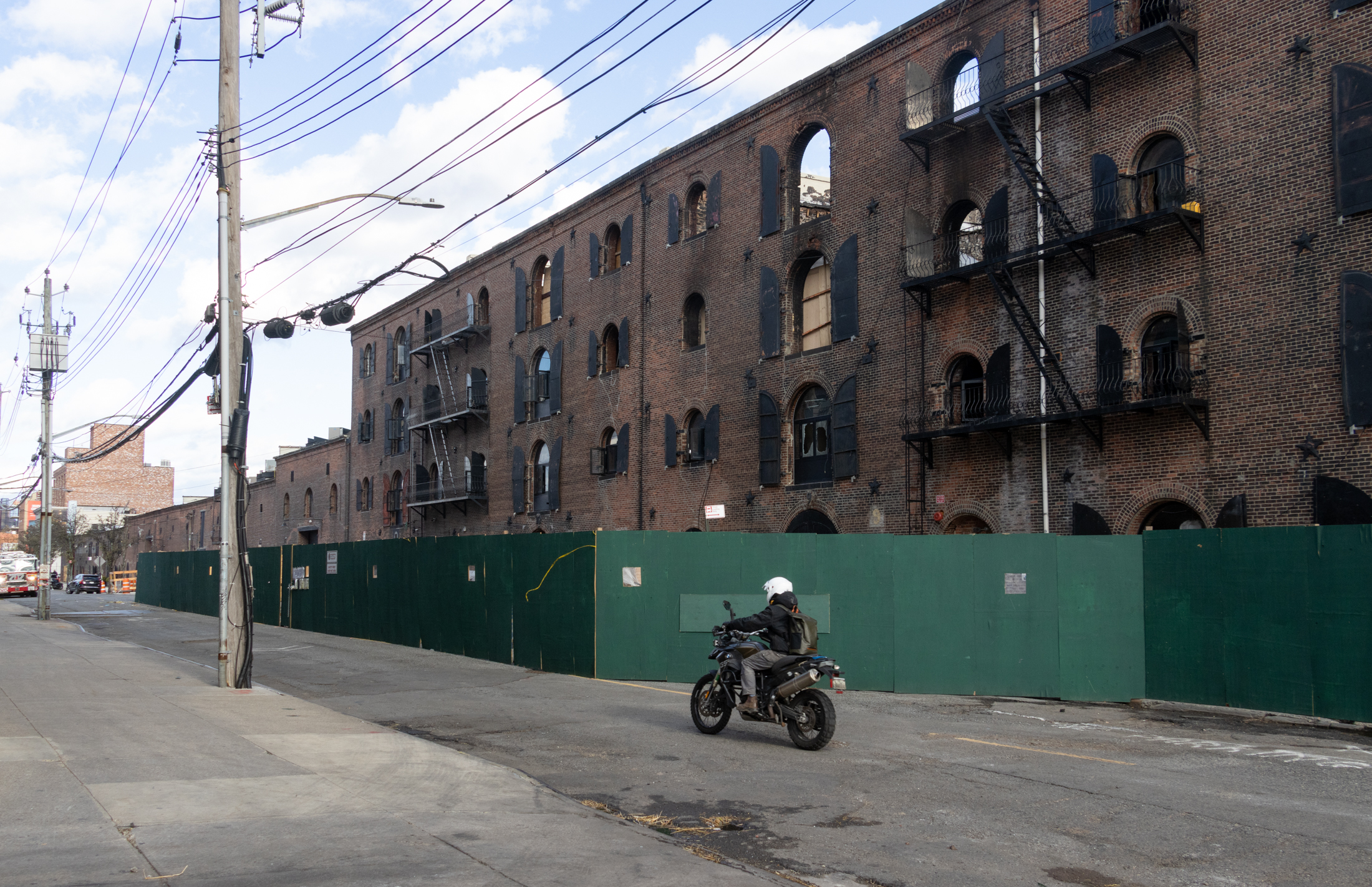Walkabout with Montrose: Terra Cotta Delights
Longtime Brownstoner community member and local architecture buff Montrose Morris (well, that’s her online name anyway) starts her regular column this week in praise of terra cotta. One of my favorite features of New York’s 19th and early 20th century architecture is the use of terra cotta and carved stone ornament. In Brooklyn, this ornament…


Longtime Brownstoner community member and local architecture buff Montrose Morris (well, that’s her online name anyway) starts her regular column this week in praise of terra cotta.
One of my favorite features of New York’s 19th and early 20th century architecture is the use of terra cotta and carved stone ornament. In Brooklyn, this ornament is everywhere. Terra cotta can be natural brick, limestone white, or glazed in brilliant colors.
Most of the terra cotta found in NYC was manufactured in Long Island City, Staten Island and New Jersey. Excellent public examples are BAM, the Montauk Club, and the Masonic Temple in Clinton Hill.

On our rowhouses, this fanciful ornament is seen in the corbels of a classic Italianate brownstone, and the ornate exuberance of the Queen Anne, Neo Gothic and Renaissance Revival styles. Portraits, animals, florals and Celtic knots abound.
Some are terra cotta, many in carved stone, all are made by anonymous carvers of great skill. After the Art Deco period, design sensibilities turned to stark Modernism. Many row houses lost their ornate facades, and many public buildings were torn down, their grotesques and foliate panels saved only by salvage companies and preservationists.

Fortunately, we’ve now come full circle, and these works of art are again appreciated for their beauty, and those buildings that feature them are being preserved for future generations. Explore your neighborhood, this art is all around you.
If you enjoy the examples above, please check out more examples in my Flickr set. All photos were taken in Crown Heights and Bed Stuy.







[Photos by Suzanne Spellen]





Congratulations MM, I’ve always enjoyed your comments and this expanded role makes terrific sense!
Mr B — kudos to you as well for being so open and responsive!
Beautiful stuff. Thanks, Montrose! THIS is what I want to see on Brownstoner
Mopar, terra cotta is, after all, really a form of brick, and bricks are still standing from Biblical times, having been baked only in the sun, not kilns. So unglazed terra cotta should last as long as the building it’s on, barring some sort of obstacle that allows water to pool, and not run off or evaporate, as per usual.
Those terra cotta armies in China lasted centuries, too. It’s amazing stuff.
Oh, the Brooklyn Historical Society. What an amazing building.
Say — how does this unglazed terra cotta stuff hold up? Even if it’s fired, wouldn’t it be even less durable than brownstone?
Does Terra cotta look better on a Foreclosed Brownstone?
The What (Just Wondering)
Someday this war is gonna end…
Will do, etson. Those topics will be explored, along with more general topics of style and things like this, ornament and features that are found in all neighborhoods. I have some interesting info on a wide range of architectural history subjects. Since it’s getting warmer, my camera and I hope to get around more, too.
Thanks so much for the column. It is great and the pictures are beautiful. I would enjoy longer pieces as well – I feel I have more to learn than most people on here!
Over time, I would especially love to learn about the social history of the architecture you cover – who the houses were built for, who the developers were, how the architects were chosen etc.
^^^just joking – I saw FM in the grocery store buying coffee filters once, he’s a swell guy
Go fuck yourself, Francis Morrone! Montrose Morris is here.